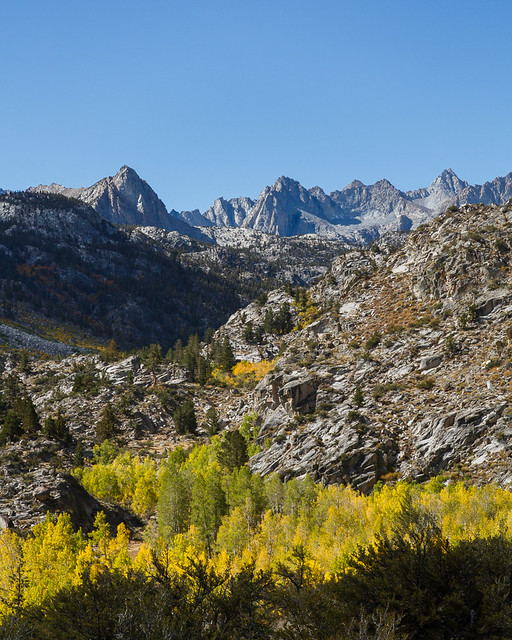 |
| What's in your light painting bag? |
A lot of my lights are re-purposed from camping, backpacking, cycling, astronomy, and so on. A lot of the colored lights I use are from Dollar Tree or Amazon.com. I get asked a lot about what gear I used for a particular shot, so I store a lot of my purchases in an "Astore" on
+Amazon.com:
http://astore.amazon.com/jeffsulliphot-20
Your use of that link supports my work and blog.
What lights do you use?
Here are some of mine, shown above:
A. - Glow stick light wands - They are available in at least 6 colors plus a color-changing variety.
About $5 each. Move them through the air or hide them inside things ot color the interior.
B. - Book reading lights - When you tie them to a string, spin them in a circle then rotate the circle to trace an orb sphere in the air, the plastic color shines through. $1 each at
+Dollar Tree.
@DollarTree
C. - Electroluminescent wire, also known as "El wire" - 9 foot sections of wire which glow in the dark.
About $5-10. Whip it up and down to make "fire", move it along the ground to make "smoke".
D. - Stanley FatMax spotlight or Black&Decker - Millions of candlepower, two beam widths, very long battery life (haven't had to recharge it in months). Great for chasing bears out of your yard or campsite.
About $50.
E. - Inova LED light - Great for light orbs, also for projecting small amounts of colored light onto objects.
About $7-9 each.
F. - LED Lenser RGB LED flashlight - Four on/off switches so you can mix and match colors.
About $40, may be marketed under Coast brand now. Paint different areas of a scene with different colors.
G. - LED tea lights - The waterproof ones are very bright, either cool white or amber (orange). The fake flame ones have more reasonable illumination on dark nights, and come in a warm yellow or a slightly warm white.
About $1 each in small quantities, but as little as $0.50 in larger quantities.
H. - LED under-cabinet lights - For your kitchen, or anywhere else you want a beam of light. $1 each at Dollar Tree.I. - Green laser - Super bright, potentially dangerous to the eyes, not a toy. Shines a bright beam for miles. If an airplane thinks you're pointing it at them, you'll be reported to Homeland Security as a terrorist. I bought mine at
+Fry's Electronics, should be available at Outpost.com as well
J. - A Brinkman model, runs on AAA batteries.
K. - Small LED camping lantern. About $10.
M. - Colorful plastic film for coloring white lights - $1 at Dollar Tree.
N. - Cool white LED lights - I found these for $1 each in a 6-pack at
+The Home Depot.
O. - Bike LED lights, white and red - Removable so they don't get stolen. I bought mine at the Reno Bike Project, about $5-10 each.
P. - LED Light wand - Very bright, with the notable feature of having a magnetic side opposite the lights, so you can position this light firmly inside of rusty metal objects. About $10 at Fry's Electronics, Outpost.com.
Q. - MiniMag flashlight - Classic warm, incandescent bulb. Easy to manage (enclose front in your hand) for adjusting camera settings, walking and only shining where your footsteps need to go, without spilling light all over town (like a headlamp).
A value leader at $10.
|
R. - LED MiniMag flashlight - Very bright, cool white. About $30.
S. - Small "kids" headlamp - Small, light, compact, bright. Thankfully no red mode which destroys everyone's foreground nearby if you accidentally turn it on. About $12 as sale item in the clearance section of REI.com
+Recreational Equipment Inc. (REI).
T. - Mini-LED headlamp - Super small and light, I use this for hands-free use around camp when backpacking.
U. - UV headlamp - also has white and green modes. I specifically bought this for hunting scoprions in the dunes in Death Valley. Use UV-blocking eye protection.
I'll have to work on posts which illustrate more sample uses for many of these types of lights.














